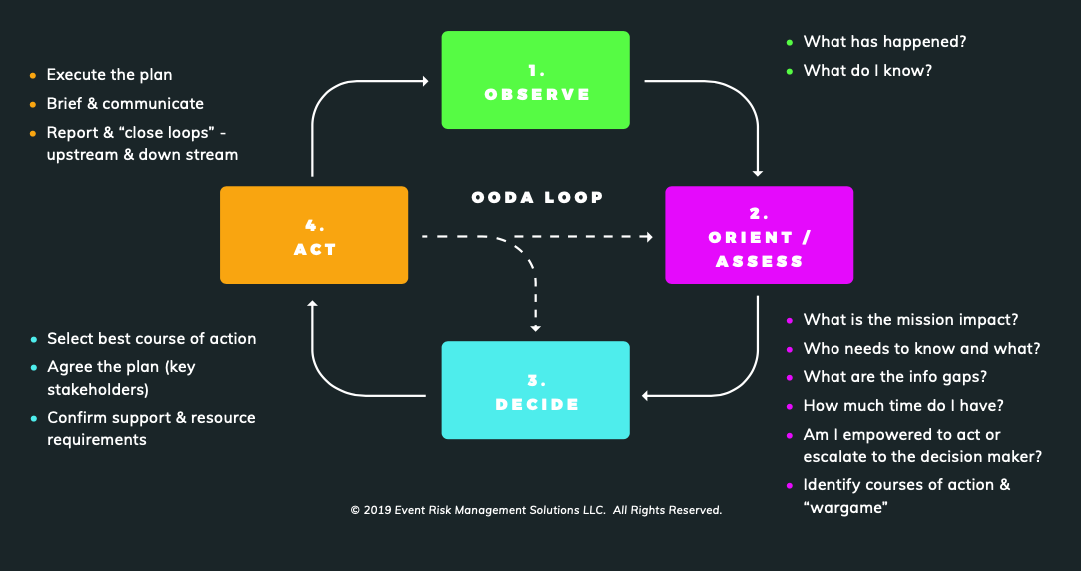With the best will in the world to predict, understand and act on meteorological forecasts, the weather remains one of the most difficult considerations in the outdoor events game.
The following is an excerpt from Event Preparedness and Resilience Report, a comprehensive assessment of the state of risk management and preparedness in the live events industry.
The past decade has seen an increase in the frequency and the impact of weather events, as well as higher rates of climate-related illness. So it's no surprise that 58% of event managers in the industry consider severe weather to be a key concern in their event planning.
As the weather is a known but not necessarily predictable hazard, and carries a high potential risk to revenue, attendee experience, safety and event success, event organizers are exploring ways to have better weather information and better response plans. Designated meteorologists or meteorology consultancy services are becoming more common, as are mobile app and monitoring technology, although delays in information updates are still a concern.
Having access to the right meteorological information, and having practised and practical protocols for responding to different types of weather are essential for a safe event cancellation, venue evacuation or shelter-in-place solution. However, there are two more considerations that are also essential to a safe, timely outcome: who, how, where and when is the decision made; and how quickly and effectively are the flow-on measures enacted.
Having a clear, concise decision-making framework allows decision-makers to focus on processing the information they have and on achieving the right outcome, rather than on the mechanics of the decision itself. Familiarity with the framework, and with each other, can be built by going through simulations, tabletop exercises, or other training.
The OODA Loop
One framework that has been successfully used for making decisions in uncertain environments is the OODA loop. Following the OODA steps empowers the event team to work quickly and methodically, and evaluate information rather than reacting prematurely or panicking. It also ensures that the right person or people are involved in making the decision, whether to meet city or facility requirements, or to satisfy an insurance policy.
The series of actions and their associated questions shown below also allow the event team to make any updates or contextually-driven changes to relevant plans, communication process, to deploy or redeploy resources as needed, and to get buy-in from key stakeholders.

Weather is one hazard that can escalate dramatically in a short space of time, and with relatively little warning. The decision to cancel an event can occur after it has begun, and lead to a venue evacuation. For outdoor venues, there are two international standards for evacuation time guidelines:
An Egress (Evacuation) System is a critical control for an event, whether indoors or outdoors, single venue or multiple venues. It should be well-designed and well-signalled, and all members of the event workforce should know the planned system well, have access to real-time, up-to-date information, and receive notification of changes.
"[The system should be] ... designed to allow people to move from a real or perceived location of hazard to a location of relative safety during a hazard event." - TUBBS & MEACHAM, 2007, P.133
If you haven't used an event delivery platform before, get a quick overview of Blerter.
Streamline your delivery, be prepared for things that can go wrong and increase crew engagement at your next event.